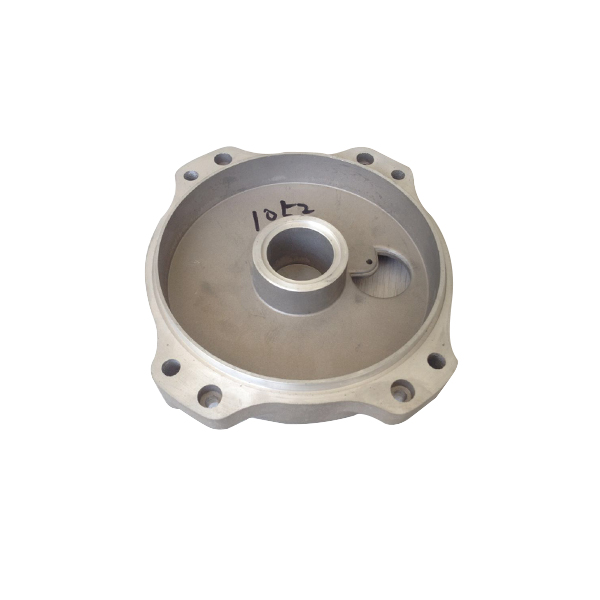Mobile:+86-311-808-126-83
Email:info@ydcastings.com
centrifugal impeller
Understanding Centrifugal Impellers Principles and Applications
Centrifugal impellers are pivotal components in various engineering applications, particularly in pumps and compressors, where they are instrumental in fluid transport and energy conversion. These devices capitalize on the principles of centrifugal force, converting rotational energy into kinetic energy, thus accelerating fluid flow.
Basic Principle of Operation
At its core, a centrifugal impeller consists of a rotating blade system, which is typically mounted on a shaft. When the impeller rotates, it creates a low-pressure area at its center, drawing fluid into it. As the fluid enters the impeller, it is subjected to the rapidly spinning blades, which impart velocity to the fluid through centrifugal action. This process results in the transformation of mechanical energy from the motor into kinetic energy of the fluid, propelling it radially outward and increasing its pressure.
The flow of fluid through the impeller can be described in terms of several important parameters. The speed of the impeller, its diameter, and the blade angle all influence the flow characteristics and efficiency of the system. The design of the impeller must therefore be carefully considered to ensure optimal performance for specific applications.
Types of Centrifugal Impellers
Centrifugal impellers can be classified into several types, depending on their design and application. The most common classifications include
1. Open Impellers These features blades that are not enclosed on the back side, providing easy access for the fluid. They are typically used in applications that handle fluids with solids or particulates. 2. Closed Impellers These consist of blades enclosed between two shrouds, leading to higher efficiency and reduced flow separation. Closed impellers are often used in applications requiring higher pressure and flow rates.
3. Semi-closed Impellers These are a hybrid between open and closed designs, balancing efficiency and the ability to handle varying fluid characteristics.
Applications of Centrifugal Impellers
centrifugal impeller

Centrifugal impellers are widely used across different industries due to their versatility and efficiency
. Some prominent applications include- Water Supply and Irrigation Centrifugal pumps equipped with impellers are commonly used for water supply systems, municipal water treatment plants, and agricultural irrigation, where they efficiently transport large volumes of water.
- HVAC Systems In heating, ventilation, and air conditioning systems, centrifugal fans equipped with impellers help move air through ducts and vents, ensuring optimal climate control in buildings.
- Chemical Processing Centrifugal impellers are essential in chemical manufacturing processes, facilitating the mixing and transportation of various fluids and chemical compounds.
- Oil and Gas Industry In this sector, centrifugal pumps transport crude oil, refined products, and natural gas, leveraging the impellers' ability to handle high-viscosity fluids.
Advantages of Centrifugal Impellers
One of the primary advantages of centrifugal impellers is their ability to handle large flow rates while maintaining relatively lower energy consumption compared to other types of pumps. They are also known for their simple design, which often leads to easier maintenance and longer operational life.
Additionally, centrifugal impellers offer the flexibility to be tailored for specific applications, allowing for optimization in terms of pressure and flow characteristics. This adaptability makes them a favored choice across diverse sectors, contributing significantly to industrial efficiency.
Conclusion
In conclusion, centrifugal impellers play a crucial role in fluid dynamics, serving as vital components in various industrial applications. Their ability to convert mechanical energy into kinetic energy through the principles of centrifugal force is fundamental to their effectiveness. As industries continue to evolve, centrifugal impellers will remain integral in enhancing operational efficiencies and advancing technological developments. Understanding their design, operation, and application is essential for anyone involved in engineering and fluid dynamics.
-
Valve Body Acts as the “Heart” of Flow ControlNewsMay.19,2025
-
Understanding the Importance of ImpellersNewsMay.19,2025
-
Importance of Automobile Water PumpsNewsMay.19,2025
-
How an Engine Oil Pan Works to Keep Your Car LubricatedNewsMay.19,2025
-
Common Materials Used in Pump Impeller ManufacturingNewsMay.19,2025
-
Ball Valve Casting in Modern Pipeline SystemsNewsMay.19,2025











